Top 100 Courses in the World: GOLF’s 2020-21 ranking of the best golf courses on the planet

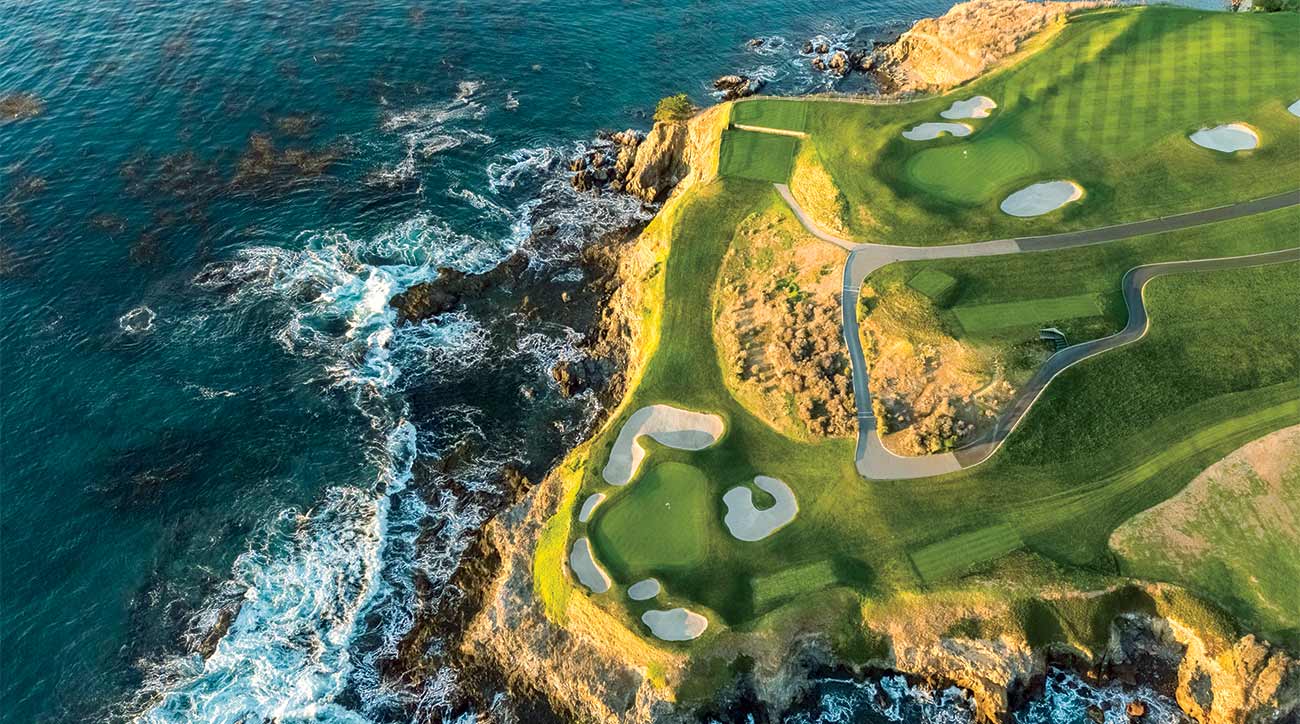
Pebble Beach, CA Jack Neville/Douglas Grant, 1919
The first great American public seaside course, Pebble benefits from an ingenious figure-8 design that brings players to ocean's edge at the 4th tee, has them play along the cliffs for the next seven holes in what is as good a stretch of holes as any on this list, then turns inland at the 11th hole before a triumphant return to the water for the closing duo. (Down 2)
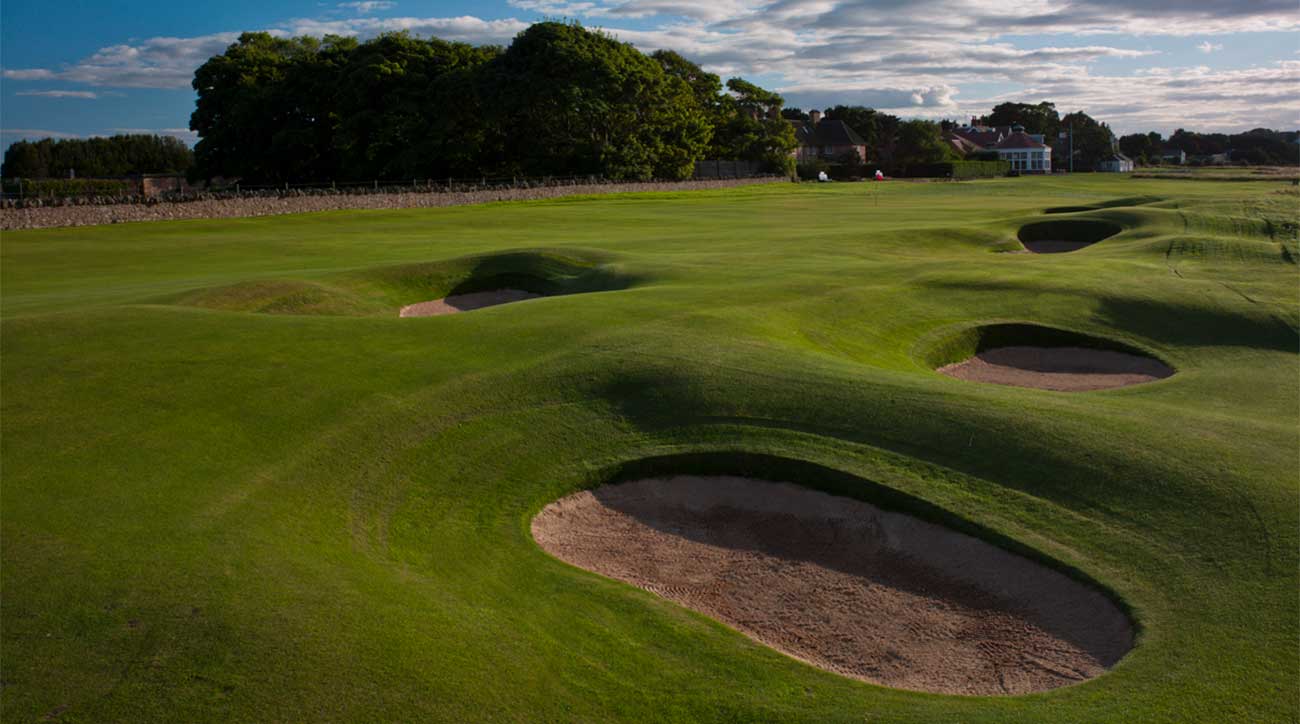
Gullane, Scotland Old Tom Morris, 1891/H.S. Colt, 1925
This 16-time Open venue was never more testing or memorable than in 2013, when Phil Mickelson rode his 3-wood to victory. The course so impressed Jack Nicklaus in his 1966 win that he named his own major-worthy course in Ohio after it. Tom Weiskopf cites the primary appeal: "The continuous change in direction from hole to hole leads to different winds, great balance and maximum variety." (Down 2)

Portrush, N. Ireland H.S. Colt, 1929
The only Irish course to host The Open is perennially ranked in the world's top-15 courses, thanks to a superior 1929 H.S. Colt design that maximizes its setting in the high dunes along the Irish Sea. The golf world saw two new holes in action at the 2019 Open: the 7th and 8th, which replaced the old, comparatively dull 17th and 18th holes. (Up 1)

Mullen, NE Bill Coore/Ben Crenshaw, 1994
Bill Coore and Ben Crenshaw moved only teaspoons of dirt to construct the most natural, hew-to-the-land layout built in the past 50 years. Rolling, sandy terrain, rippled fairways crafted to accommodate ever-present winds, wavy prairie grasses and gigantic blow-out bunkers create the sensation of being seaside in the middle of landlocked Nebraska. (Down 1)
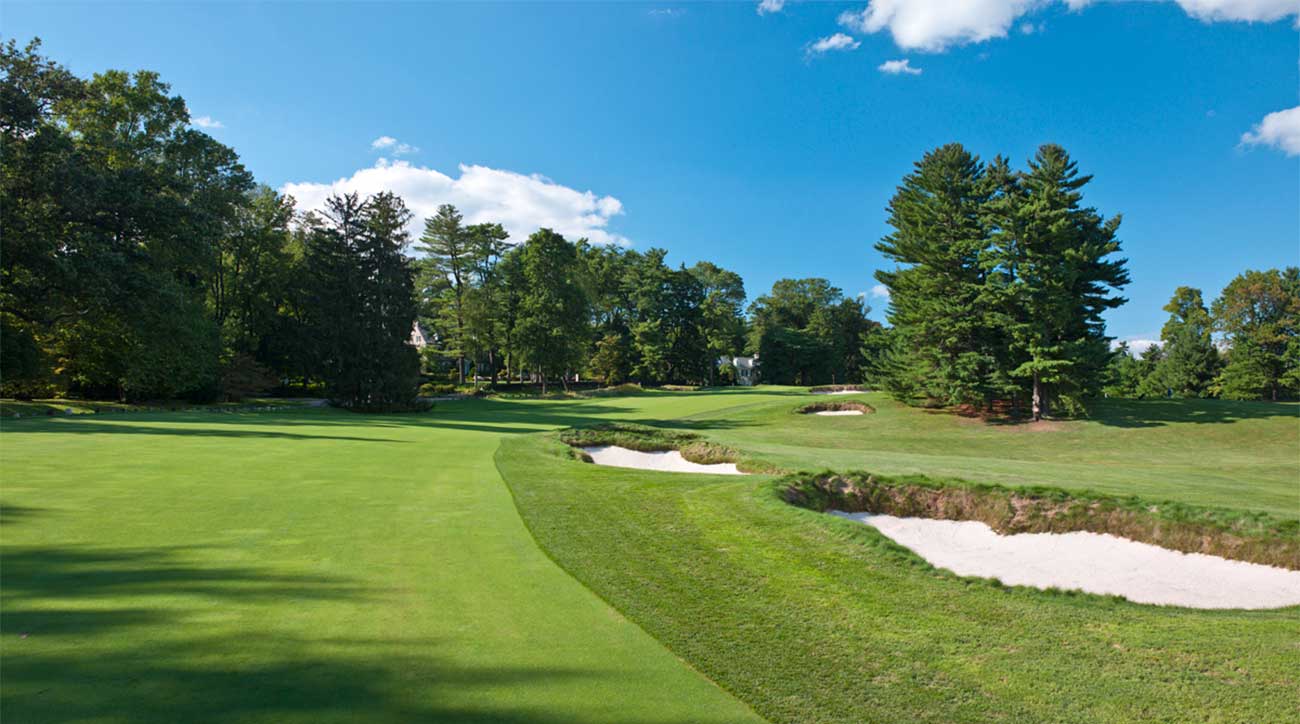
Ardmore, PA U.S. Hugh Wilson, 1912 William Flynn, 1914-1933
What makes Merion so distinctive is its remarkable variety. Some par-4s are short, others are monsters. One par-3 is tiny, at 115 yards. The other par-3s measure 236, 246 and 256 yards. The famous par-4 11th, where Bobby Jones clinched the 1930 Grand Slam, is slashed by a creek, while the par-4 16th demands a shot over an abandoned stone quarry. In short, Merion has everything, including a newly installed sub-air and irrigation systems that lend more control to how hard and fast the playing surfaces will be. The recently expanded greens have created a plethora of new hole locations around the green perimeters and the player’s chess match with the clever design are now even more intense. (Down 3)
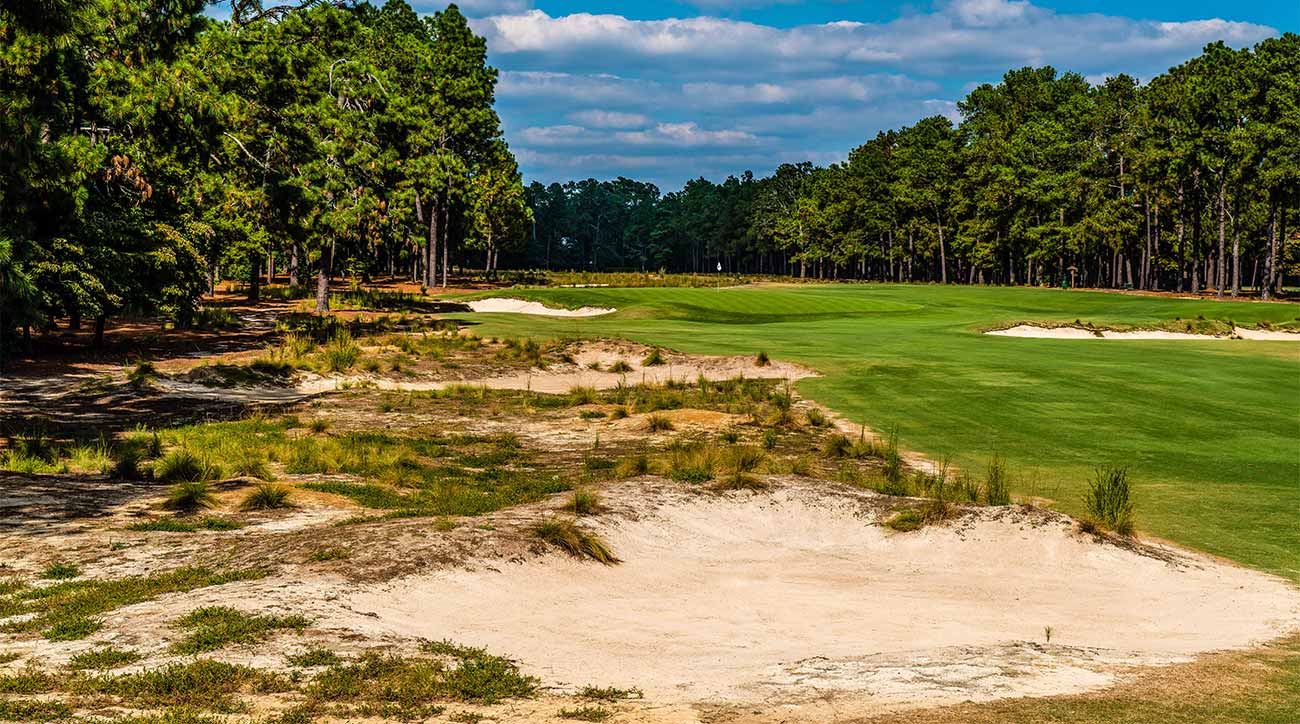
Pinehurst, NC Donald Ross, 1907
Donald Ross' 112-year-old chef d'oeuvre rolls gently and spaciously through tall Longleaf pines in the Carolina Sandhills, with holes culminating in the legendary inverted-saucer greens. For the 2014 U.S. Open, a Coore-Crenshaw restoration brought back the tawny-edged fairways and native areas last seen in the 1940s. Even with no traditional thick U.S. Open rough, the runner-up could muster only one under par over four rounds, which indicates that the terrors of short grass are alive and well at the home of American golf. (Up 2)

Turnberry, Scotland Willie Fernie, 1909/Mackenzie Ross, 1946/Martin Ebert, 2016
Now under the Trump aegis, Turnberry provides unforgettable images, from Tom Watson's heroic and tragic performances to remarkable seaside holes that feature churning surf, a lighthouse and vistas of the football-shaped monolith called Ailsa Craig jutting out of the sea. Rebuilt following its use for RAF airfields in World War II, the "Duel in the Sun" 1977 British Open venue witnessed a recent series of well-received design changes by MacKenzie & Ebert that better utilized the rugged coastline. (Down 1)

Fishers Island, NY Seth Raynor, 1926
Accessible only by ferry, this exclusive retreat off Connecticut is populated by the oldest of the Old Money crowd, many of whom still enjoy hoofing it. Why wouldn't they, given the classic Seth Raynor design that tracks along the island’s northeast perimeter, the delightful tumbling terrain and the spectacular views of Long Island Sound. (Up 1)
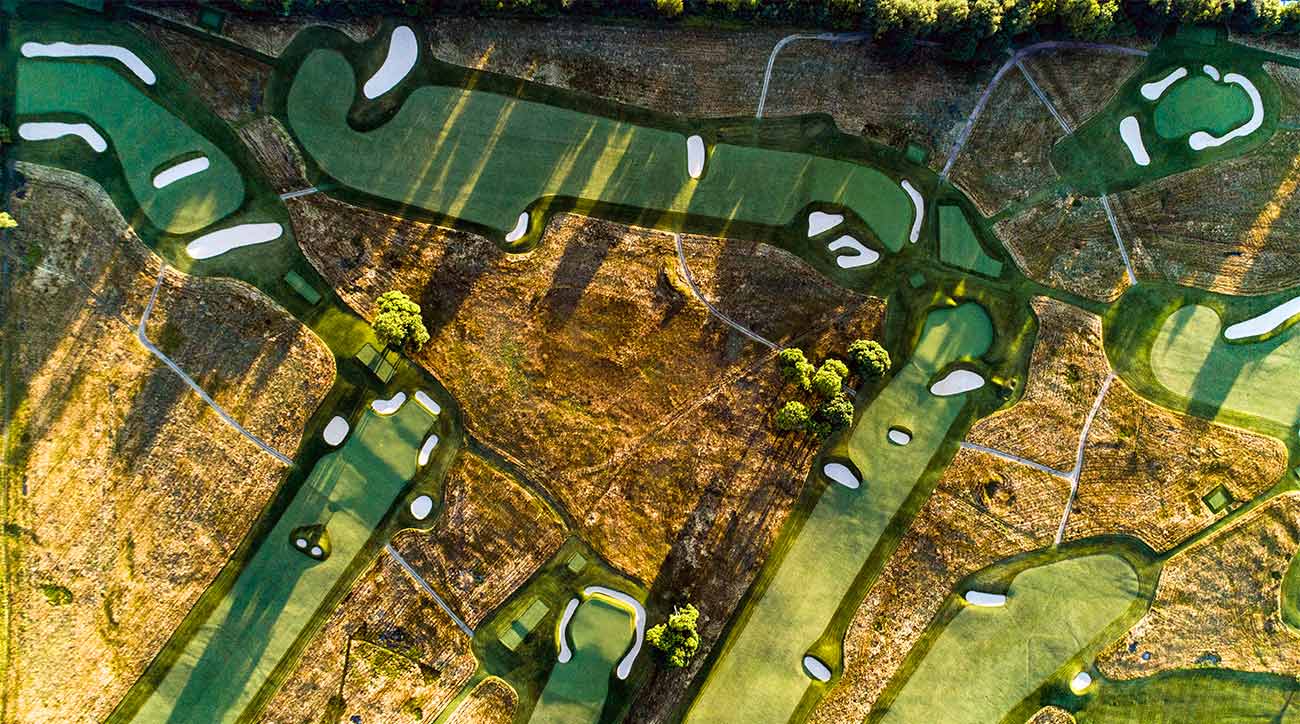
Chicago, Wheaton, IL C.B. Macdonald, 1895/Seth Raynor, 1923
One of the five founding members of the United States Golf Association in 1894, Chicago Golf, as it's known, was also site of the nation's first 18-hole golf course, as well as the first to host the U.S. Open outside of the Northeast. Seth Raynor retooled his mentor C.B. Macdonald's course in 1923 and not much has changed since as its slew of exemplary template holes make it just as relevant today as it was in the age of hickory golf. (Up 2)

Los Angeles, CA George C. Thomas Jr., 1921
Gil Hanse's team restored George Thomas's classic to perfection in 2011. Bunkers were reshaped and relocated, fairways were widened and re-shaped and a natural barranca was brought back into play as a strategic hazard. The course played host to the 2017 Walker Cup and will stage the 2023 U.S. Open. (Up 2)
